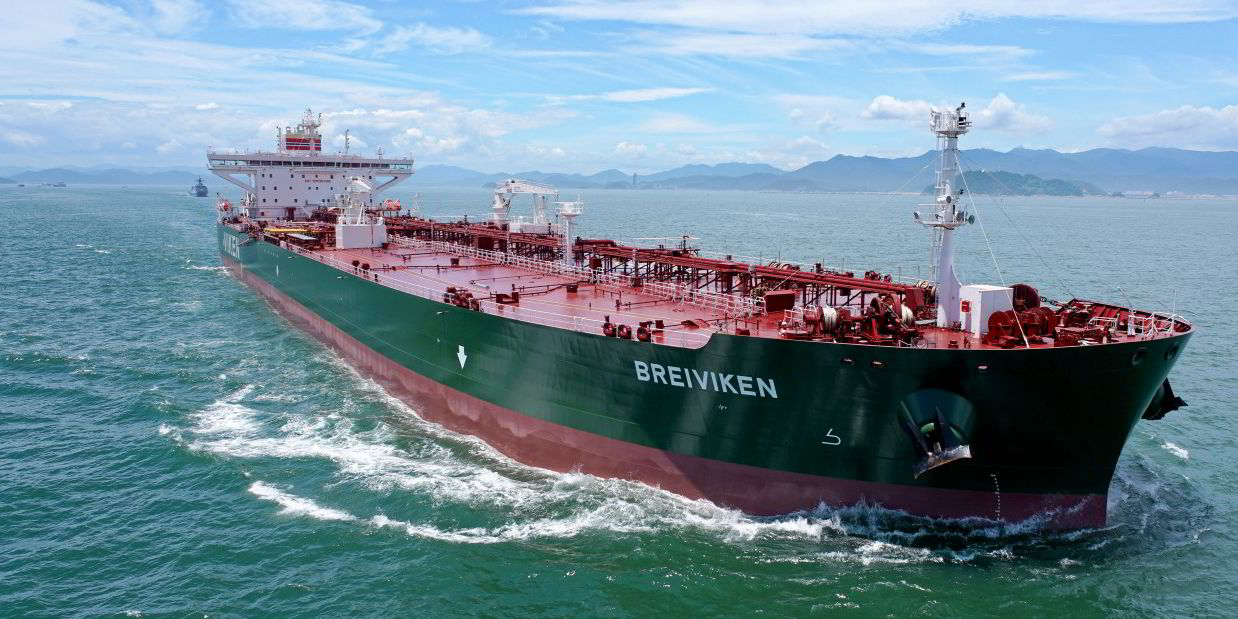Finland’s Lundqvist Rederierna is facing the prospects of idled tankers because of its heavy exposure to Russian export cargoes.
“For now, all my ships are still employed,” managing director Ben Lundqvist said. “If you ask me again next week, I will know more about it then.”
The aframax specialist based on Finland’s Baltic island of Aland has until recently had half of its 10-ship fleet trading in the Black Sea and the Mediterranean and half in northern Europe.
The five Mediterranean ships have largely carried cargoes of Kazakhstan crude from the Russian port of Novorossiysk plus some occasional stems from North Africa.
Of the five ships trading in northern Europe, one has been “almost exclusively” carrying crude from Russian Baltic load ports to northern European discharge ports, said Lundqvist, who is also the company’s chartering director. The rest spending most of their time carrying North Sea crude around the UK and to nearby continental destinations.
But now that trading pattern has suddenly changed, and Lundqvist is pulling back from Russian-origin and even Kazakh-origin cargoes until further notice.
That puts the centuries-old shipping company in a bind as it looks for alternative employment as rocketing bunker prices and slack demand limit the scope for profitable fixtures.
Asked if he expects to see some ships idled, Lundqvist said: “I guess that will be the consequence.”
The problem is that Russia’s invasion of Ukraine has both cut off the company from its core business, and made new business problematic by elevating world crude prices and thereby bunker prices. Lundqvist will be looking for replacement business at a time when the low rates on offer are quickly eaten up by bunkers.
“In this market, it’s not so easy to find any employment worth taking,” he said.
Lundqvist told TradeWinds that the last Black Sea cargo for the time being had begun loading at Novorossiysk’s Caspian Pipeline Consortium (CPC) to perform on a fixture that dates to before the beginning of hostilities in the Russo-Ukraine war. The 104,000-dwt Sword (built 2018) arrived at the Novorossiysk anchorage on 8 March.
“I don’t think the charterer would like to be identified,” Lundqvist said.
The rest of Lundqvist’s Black Sea-Mediterranean trading ships are now delivering cargoes but their near future is clouded by the risk of calling at what has been their principal loading terminal.
“We have had a good cooperation with Chevron and have carried a lot of their cargoes,” Lundqvist said.
Although US oil major Chevron is only one partner in the terminal, market sources point to it as playing a leading operational role.
Like other owners whose ships call at the CPC loading buoys, Lundqvist underscored to TradeWinds that CPC’s Kazakh crude is not a target of US sanctions or likely to be targeted by other jurisdictions, even though it passes through Russia.
“Today, I wouldn’t fix a ship out of CPC,” Lundqvist said. “But I am of course looking at what the development will be.
“I know that the cargo I’m loading right now is not Russian.”





